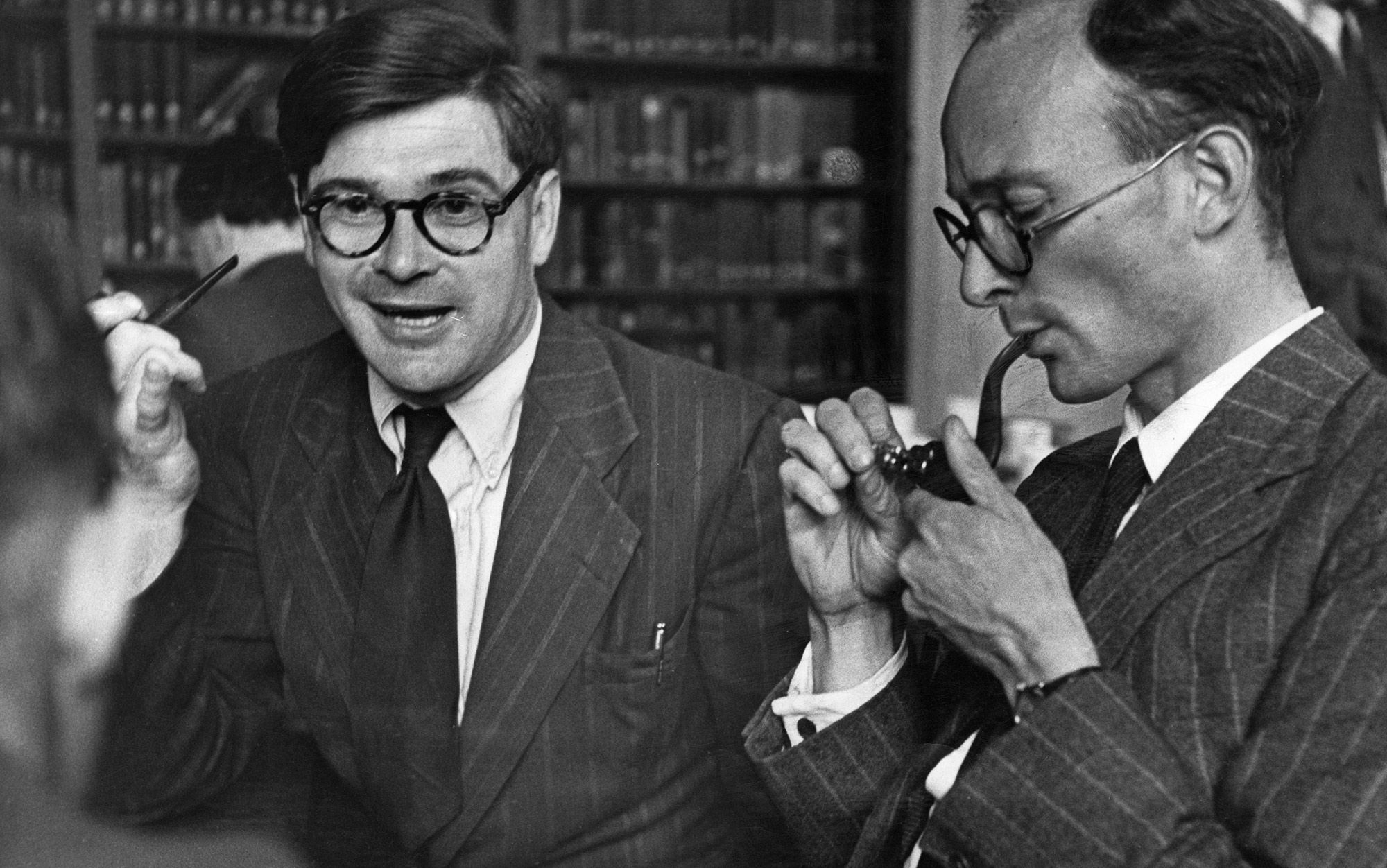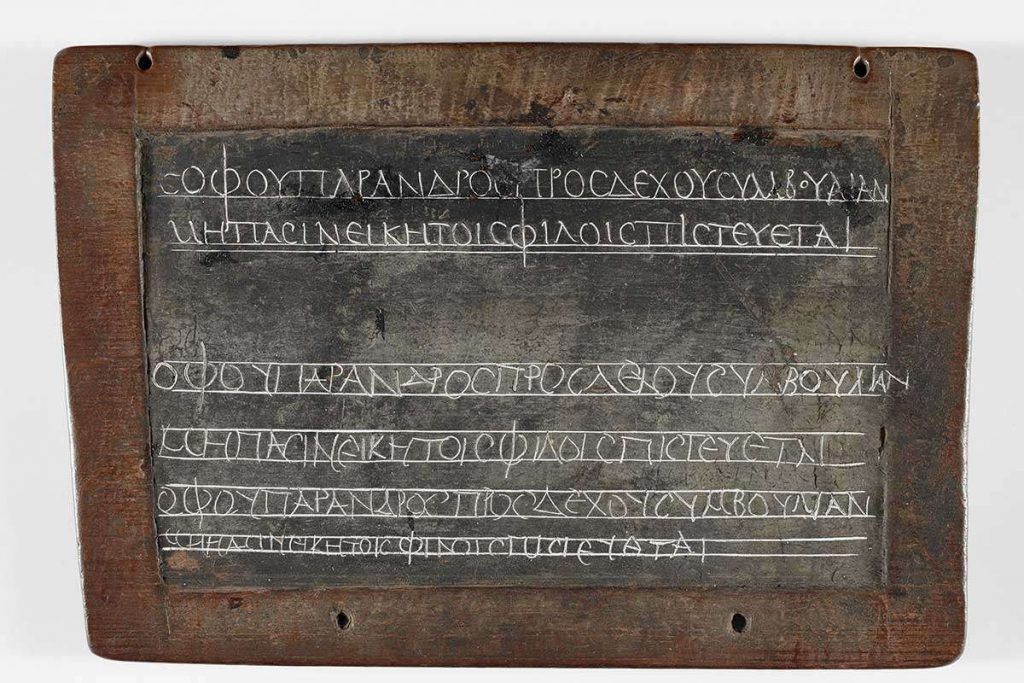
Philosophy is a creature of split impulses. The metaphysicians (think Plato) wonder what things mean; and the analysts (think Socrates) try and pin down what the metaphysicians are on about. When they get over-excited (which is surprisingly often) the metaphysicians turn into theologians, and the analysts become pedants in the mold of Thomas Grandgrind, the schoolmaster in Dickens’s Bleak House, concerned only with facts and numbers.
The “analytic” (or “linguistic” or “ordinary language”) philosophy practised at Oxford University in the first half of the last century is commonly supposed to have been at once pedantic and amateurish, “made a fetish of science yet showed an ignorance of it, was too secular, too productively materialist, too reactionary and somehow also too blandly moderate. The critics can’t, surely, all be right,” complains Nikhil Krishnan, launching a spirited, though frequently wry defence of his Oxford heroes: pioneers like Gilbert Ryle and A.J. Ayer and John Langshaw Austin, troopers like Peter Strawson and Elizabeth Anscombe, and many fellow travellers: Isaiah Berlin and Iris Murdoch loom large in an account that weaves biography with philosophy and somehow attains — heaven knows how — a pelucid clarity. This is one of those books that leaves readers feeling a lot cleverer than they actually are.
The point of Oxford’s analytical philosophy was, in Gilbert Ryle’s formulation, to scrape away at sentences “until the content of the thoughts underlying them was revealed, their form unobstructed by the distorting structures of language and idiom.”
In other words, the philosopher’s job was to rid the world of philosophical problems, by showing how they arise out of misunderstandings of language.
At around the same time, in the other place (Cambridge to you), Ludwig Wittgenstein was far advanced on an almost identical project. The chief lesson of Wittgenstein, according to a review by Bernard Williams, was that philosophy cannot go beyond language: “we are committed to the language of human life, and no amount of speculative investment is going to buy a passage to outer space, the space outside language.”
There might have been a rare meeting of minds between the two universities had Wittgenstein not invested altogether too much in the Nietzschean idea of what a philosopher should be (ascetic, migrainous, secretive to the point of paranoia); so, back in Oxford, it was left to dapper, deceptively bland manager-types like John Austin to re-invent a Socratic tradition for themselves.
Krishnan is too generous a writer, and too careful a scholar, to allow just one figure to dominate this account of over half a century’s intellectual effort. It’s clear, though, that he keeps a special place in his heart for Austin, whose mastery of the simple question and the pregnant pause, demand for absolute accuracy and imperviousness to bluster must have served him frighteningly well when interrogating enemy captives in the second world war.
While Wittgenstein concocted aphorisms and broke deck chairs, Austin’s mild-mannered, quintessentially English scepticism acted as a mirror, in which his every colleague and student struggled to recognise themselves: “What on Earth do you mean?” he would say.
Are kitchen scissors utensils or tools?
Why can we speak of someone as a good batsman but not as the right batsman?
Can someone complain of a pain in the waist?
Austin’s was a style of philosophy that’s easy to send up, harder to actually do.
It drove people mad. ”You are like a greyhound who doesn’t want to run himself,” A. J. Ayer once snapped, “and bites the other greyhounds, so that they cannot run either.”
But it’s not hard to see why this project — down-to-earth to the point of iconoclasm — has captured the imagination of philosopher and historian Nikhil Krishnan; he hails from India, whose long and sophisticated philosophical tradition is, he says, :”honoured today chiefly as a piece of inert heritage.”
Krishnan’s biographical approach may be a touch emollient; where the material forces him to choose, he puts the ideas before the idiosyncrasies. But his historical sense is sharp as he skips, in sixty short years, across whole epochs and through two world wars. Oxford, under Krishnan’s gaze, evolves from Churchman’s arcadia to New Elizabethan pleasure-park with a sort of shimmering H G Wells Time Machine effect.
John Austin died in 1960 at only forty-eight; this and his lack of easily-emulated Viennese mannerisms robbed him of much posthumous recognition. But by taking Austin’s critics seriously — and indeed, by stealing their thunder, in passage after passage of fierce analysis — Krishnan offers us a fresh justification of a fiercely practical project, in a field outsiders assume is supposed to be obscure.

